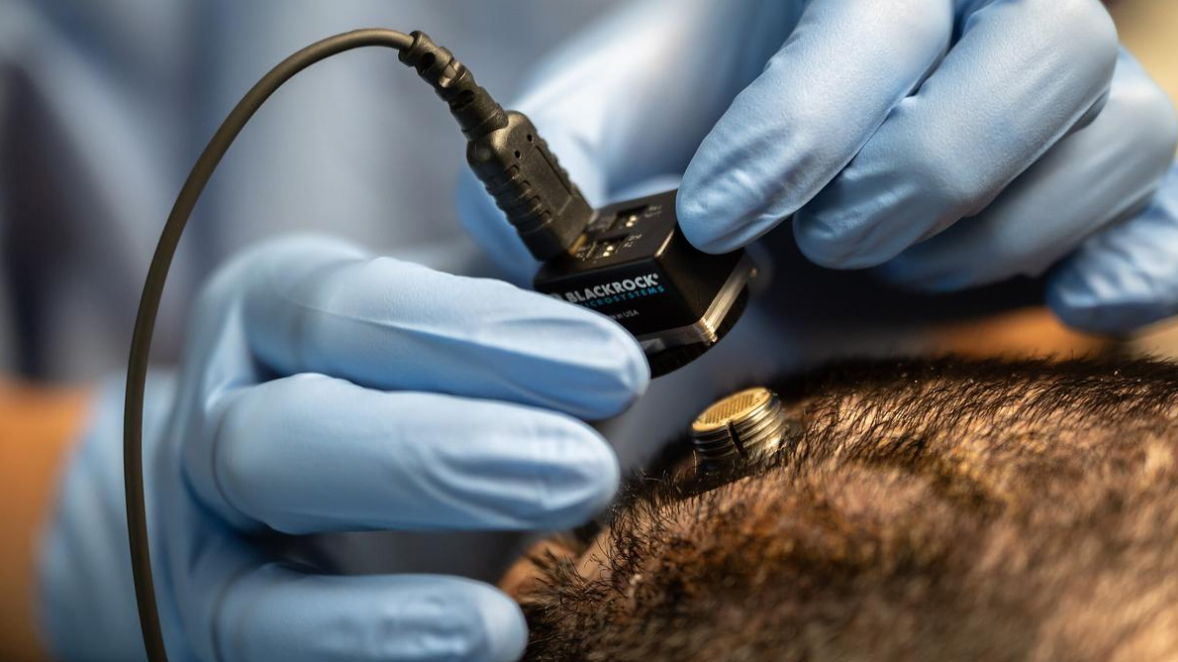



CPUs handle general tasks efficiently, GPUs excel at multitasking and processing large datasets, especially for graphics and AI, while TPUs are specialized chips designed for ultra-fast AI model training. Each serves a unique role, with TPUs offering unmatched speed in artificial intelligence, though limited in flexibility compared to CPUs and GPUs.

Copyright infringement not intended
Differences between CPUs, GPUs, and TPUs, and how each processor type contributes uniquely to computing and artificial intelligence tasks.
Processing units are like the brain of a computer. They handle all the tasks a computer needs to do, like solving math problems, taking pictures, or sending texts. Without processing units, a computer wouldn’t be able to function. These units help the computer perform different operations, just like our brain helps us think and act.
A CPU is the brain of a computer. It handles all kinds of tasks, from opening apps to doing math problems. CPUs have "cores," which are like workers inside the CPU. Each core can do one task at a time. Modern CPUs usually have between 2 to 16 cores.
It is designed to handle many tasks at once, not one after another. GPUs are excellent for things like video games, where they create realistic graphics by handling millions of tiny tasks at the same time.
They are now used in AI and machine learning because they can process large amounts of data quickly. Still, GPUs need help from CPUs for certain jobs because CPUs are better at managing tasks step-by-step.
A TPU is even more specialized than a GPU. Google created TPUs in 2015 specifically to run AI models faster and better. These chips focus on "tensor operations," which are super important for training AI systems. For example, training a big AI model might take weeks on a GPU, but with a TPU, it could finish in hours. TPUs power services like Google Search, YouTube, and DeepMind’s language models.
|
Google last week launched a new computer chip, called Ironwood. It is the company’s seventh-generation TPU, or tensor processing unit, which has been designed to run artificial intelligence (AI) models. |
Purpose
Speed
Flexibility
Must Read Articles:
BASICS OF ARTIFICIAL INTELLIGENCE
Artificial Intelligence (AI) in Military Operations
About LLM Foundational Model Support AI
Source:
|
PRACTICE QUESTION Q. Examine the concept of "AI Sovereignty." How can India ensure technological self-reliance in the age of AI? 150 words |





© 2025 iasgyan. All right reserved